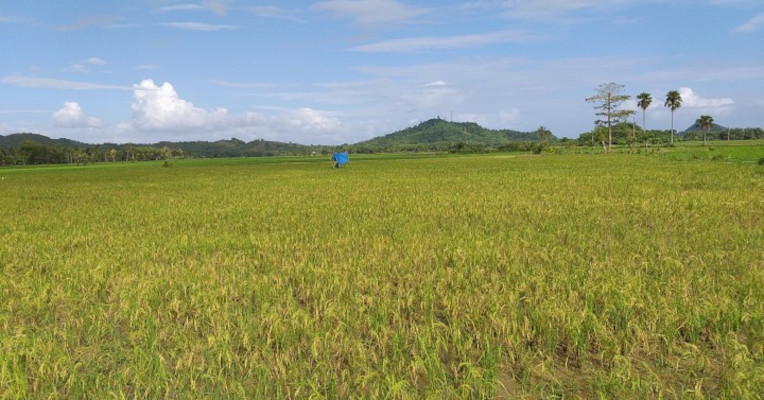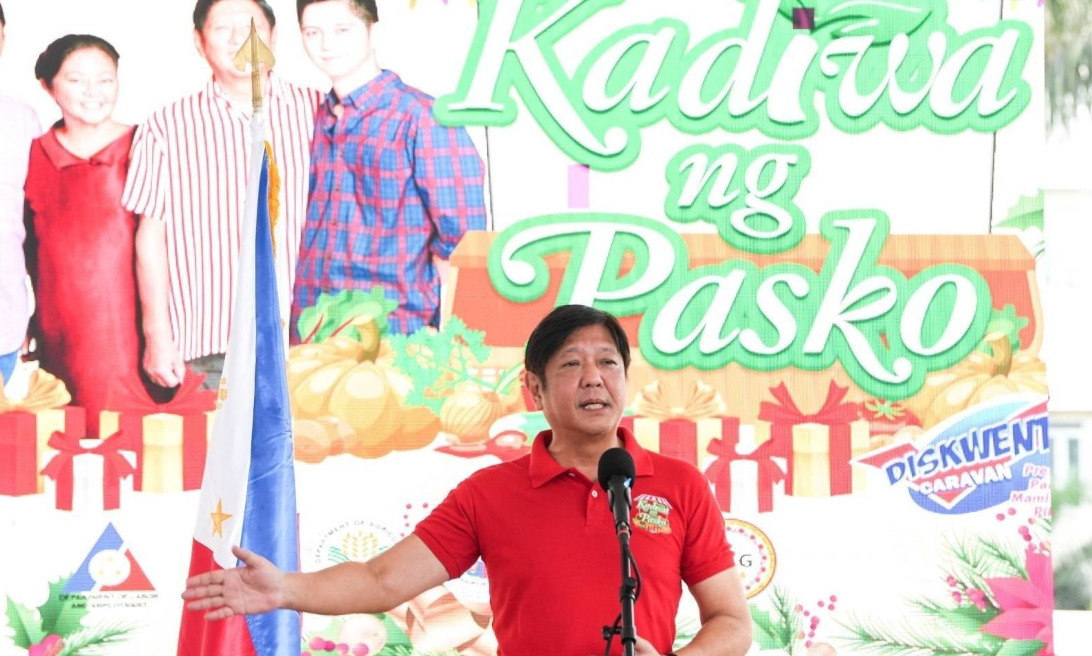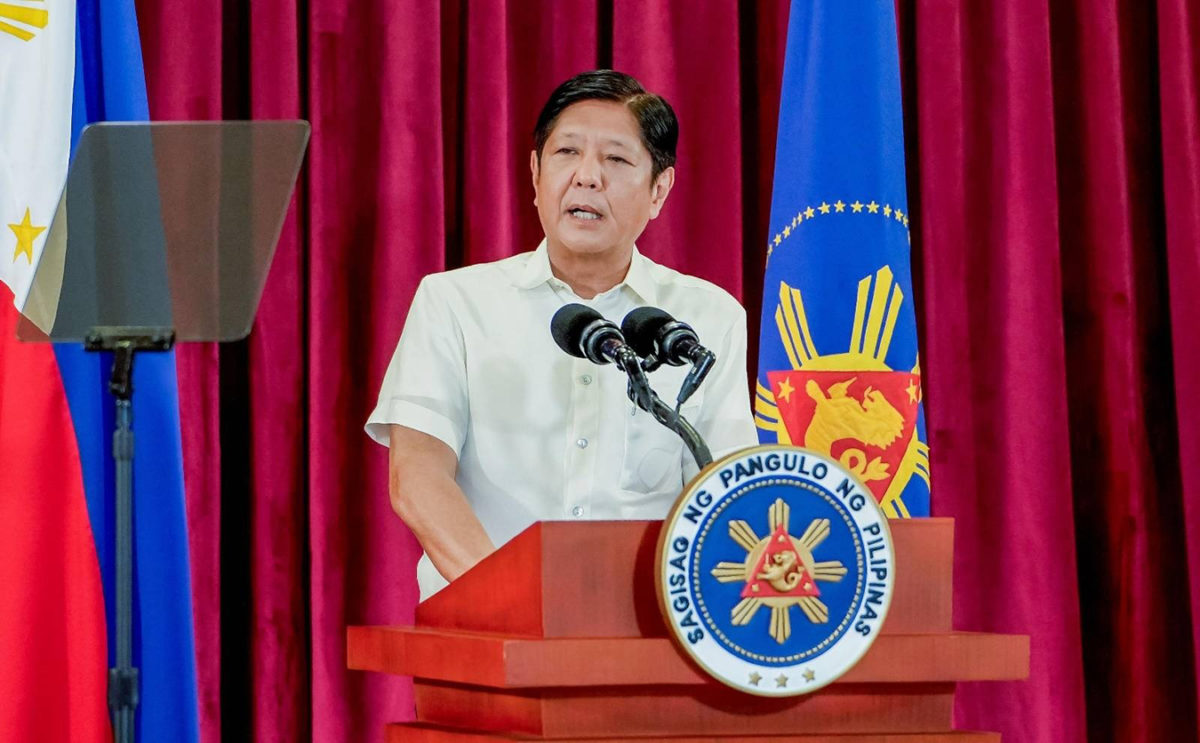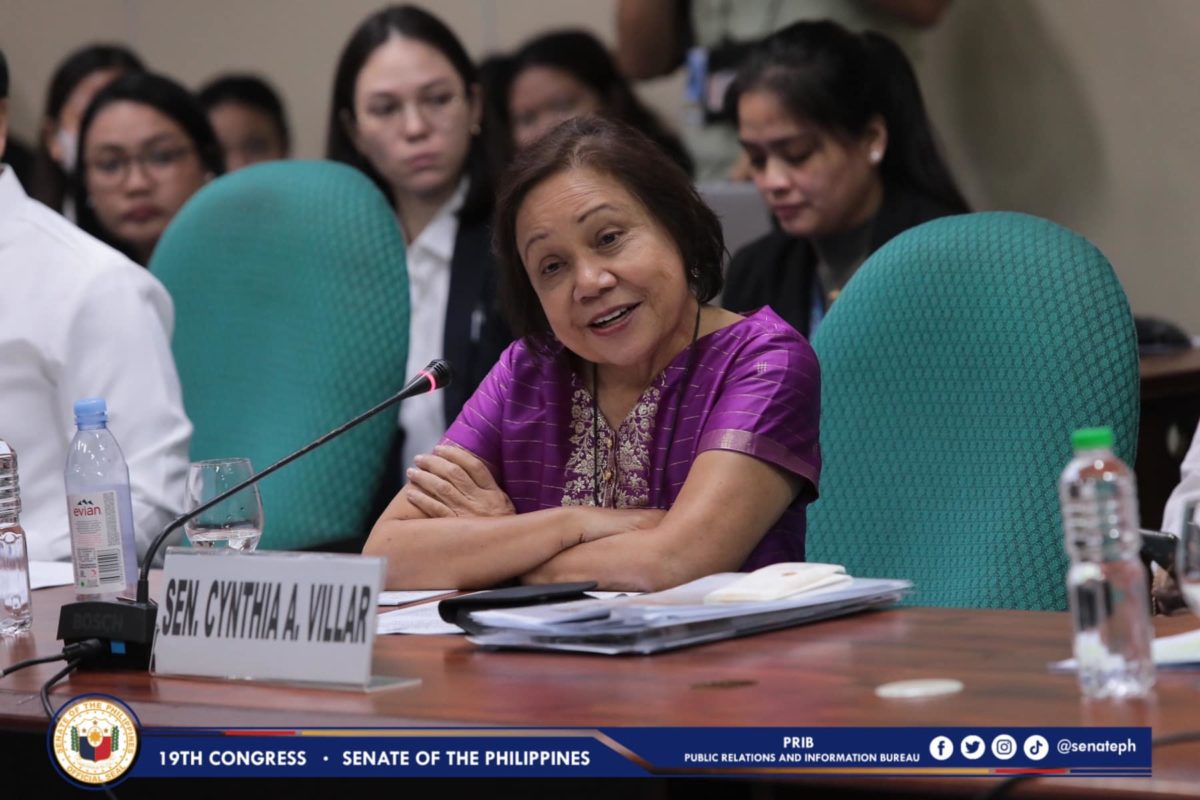To most Filipinos, rice is life. We have it for breakfast, lunch and dinner. Between regular meals, many of us still love rice-based delicacies such as bibingka, puto bumbong, biko and binignit (ginataang bilo-bilo).
We tend to eat more rice when it is paired with dishes like adobo, kare-kare, sinigang and caldereta. We feel weak and easily agitated when we don’t consume rice. We can’t live without rice.
That’s why the government prioritizes rice production. Weeks before the May 2022 elections, then presidential candidate Ferdinand Marcos Jr. wooed voters by promising to bring down the price of rice to P20 to P30 per kilogram, from a price range of P38 to P50/kg, should he win the race. And he did win. Earlier this month, Marcos said he was “getting closer and closer” to fulfilling his “aspiration” as the administration’s Kadiwa ng Pasko stores began selling rice at P25/kg, although in limited locations, dates and time.
The country is far from achieving self-sufficiency in rice production. It has been heavily importing rice from countries such as Vietnam and Thailand.
According to the Bureau of Plant Industry, rice imports from January to August this year reached 2.7 million metric tons (MMT), or about 64% higher than the previous year’s 1.66 MMT during the same period.
The World Bank, however, finds “concerning” the government’s giving too much emphasis and the “astonishingly high” amount of money spent on rice at the expense of the more nutritious food.
“Rice has long commanded attention from the policy side than any other crop, as we compare the rice yields across the region and other bigger rice-growing countries such as China and Brazil… Rice hasn’t really picked up here,” said Anuja Kar, World Bank’s senior agricultural economist.
Kar presented earlier this month the multilateral financial institution’s Philippine Economic Update (PEU), December 2022 edition, titled “Bracing for Headwinds, Advancing Food Security.” The World Bank issues the PEU twice a year. This time, the report is focused on agriculture and food security.
Kar noted that the budget of the Department of Agriculture (DA) as a share of the total government budget has consistently declined, from 2.6 % in 2015 to 1.3 % in 2019 which, she said, is “pretty low.”
Not only is the DA budget low, but its allocation and spending have also been ineffective and inefficient.
“There’s a lot of emphasis on commodity-based banner program out of which the national rice program dominates the program and spending 47% of the budget, which is astonishingly high, and even the large part of support going on the production subsidizing the sector, which is not really generating results,” she pointed out.
Is the World Bank trying to wean us away from eating rice?
Kar explained: “We’re not talking about investing away from rice. We’re talking about investing in rice in a more corrective way.”
And how is that? As an example, she cited the case of Vietnam which “has been achieving such a high productivity level because they’re investing in rice across the value chain… thinking how rice can become a source of low carbon and lower [greenhouse gas] emission.”
“In this case the Philippines can play a phenomenal role especially with the priority given by the current administration, it can play an important role in transforming the sector in putting the money in the right place,” Kar said.
She said there has to be more emphasis on research and development, market information systems and infrastructure. “There has to be more investments in developing the extension system, all that can lead to improving the efficiency of the budget as well as improving productivity.”
Ralph van Doorn, a World Bank senior economist, said the government needs to address weaknesses in the agricultural sector, specifically the inefficiency and effectiveness in allocating and spending its limited budget, in order to strengthen the country’s food security.
Van Doorn and Kar both emphasized the urgency of making agricultural programs adaptive to climate change, noting that growth prospects for the sector remain poor due to a combination of chronic under-investment and intense vulnerability to weather-related shocks.
While the country’s agriculture sector employs 24% of the labor force, it comprises less than 10 % of the country’s gross domestic product, and its contribution to growth has been minimal in the past five years. Because of this, domestic food production influences trends in inflation.
That is why the PEU focuses on increasing agricultural productivity, which Kar said is crucial to help ensure food security and boost more inclusive growth.
Kar said the importance to boost the agriculture sector became more manifest during the pandemic as it was able to absorb the retrenched workers from other sectors. “It has a profound importance for livelihood, for food security, for jobs but, of course, there are challenges.”
“One of the key challenges here is the high incidence of poverty, especially in the rural areas where there is high incidence of large farm households and this also has a bearing in the high prevalence of food insecurity,” she noted.
Kar said that while the Marcos administration has a “great ambitious vision” that “holds promise” for the agriculture sector, the bigger challenge is how to ensure that investment can be more impactful from the national down to the local government units.
She said, however, that she was “positive and hopeful” that the Marcos administration would reverse the trend of the previous years when the share of the agriculture sector in the overall budget consistently declined from 2.6% in 2015 to 1.3% in 2019, with a sharp decline in 2016.
Agriculture Undersecretary Domingo Panganiban, who also spoke at the PEU presentation, assured that the World Bank recommendations, particularly in ramping up efficiency and effectiveness of government spending in the agriculture sector, are aligned with the current administration’s development agenda.
Panganiban specifically mentioned the National Agriculture and Fisheries Modernization Plan initiated in 2021 to provide the directional plan for the sector’s modernization and industrialization.
Rice pa more? Well, Panganiban said the plan considers the World Bank’s recommended shift from a single-commodity to multi-commodity planning approach, promotion of clustering and consolidation for economies of scale, enhancing the value chain, and climate resiliency. That means corn, livestock, high-value crops and organized farming will be getting more attention and funding, of course. The plan requires around P3 trillion to become fully operational in the next 10 years.
The views in this column are those of the author and do not necessarily reflect the views of VERA Files.
This column also appeared in The Manila Times.




